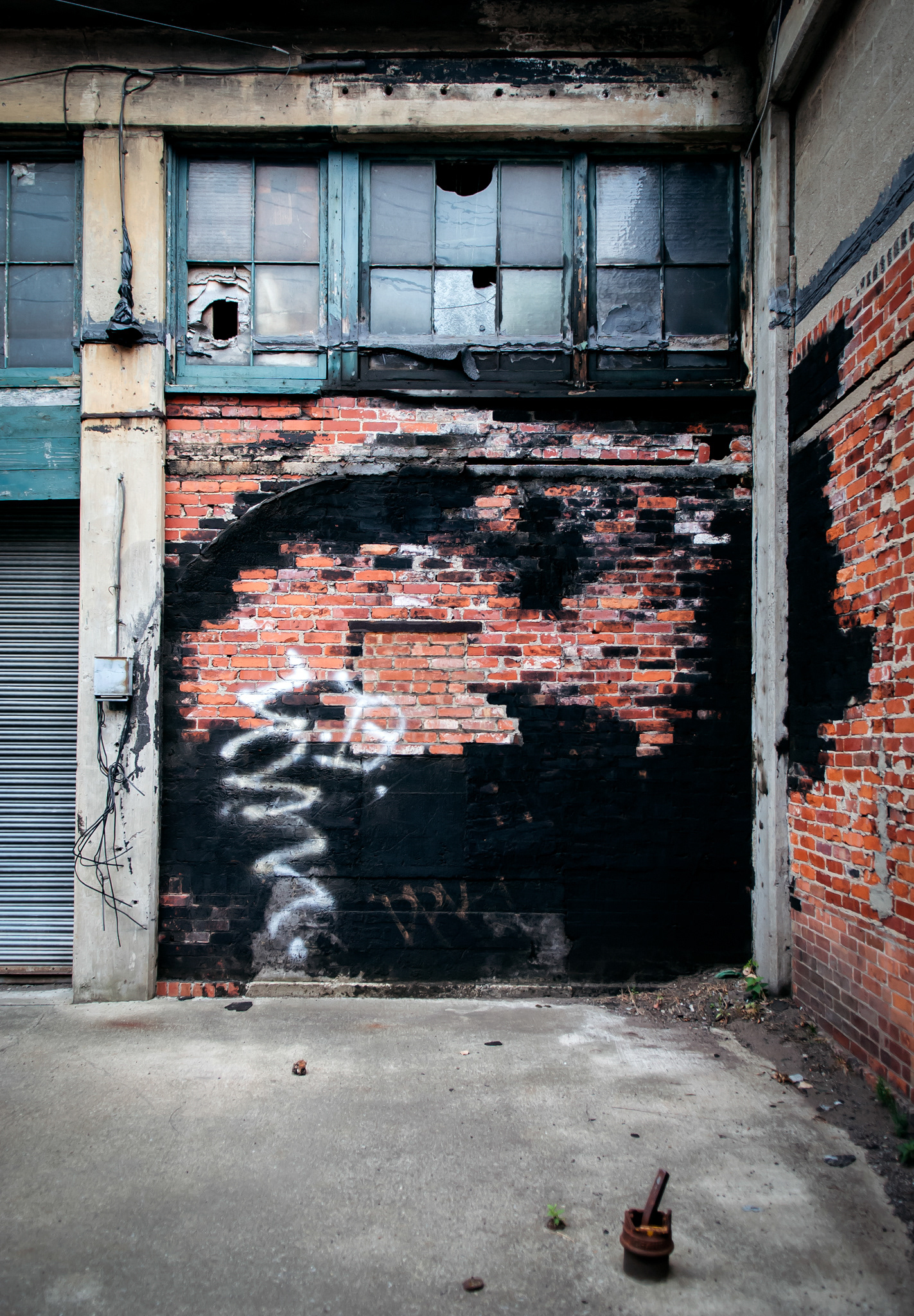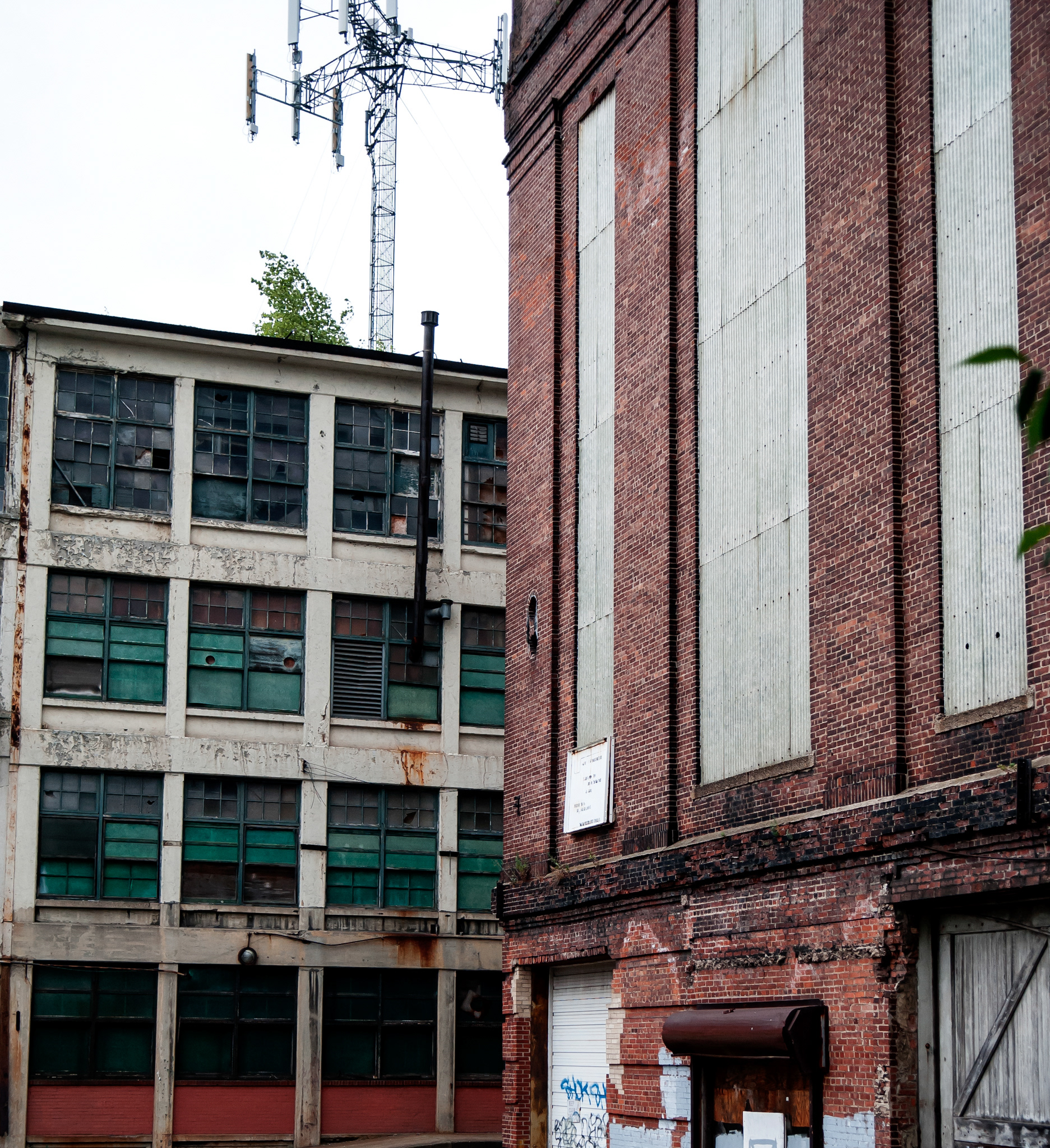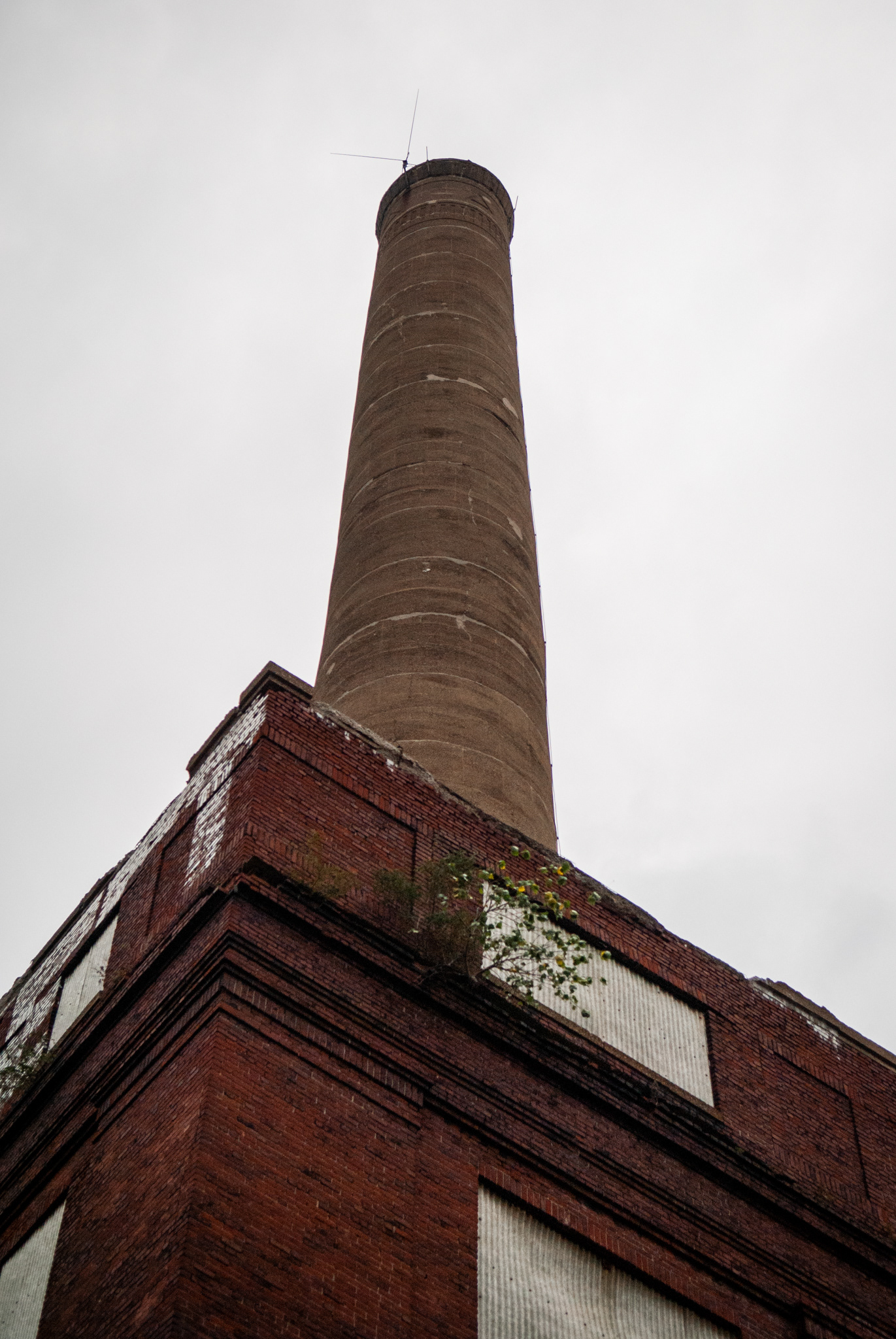Pierce Arrow Factory Complex
The Pierce Arrow Factory Complex is a national historic district consisting of the former Pierce-Arrow auto factory and is located on Elmwood Avenue in Buffalo. The 34 acre complex was Pierce Arrow's headquarters and main production facility from 1906 to 1938 and has since been subdivided and partially abandoned over the years, leaving for some prime urban exploring opportunities. It was listed on the National Register of Historic Places in 1974.
Here's a bit of history on the Pierce Arrow Company, courtesy of www.pierce-arrow.com :
In the 1870’s, the George N. Pierce Company produced common household items such as ice chests and birdcages. Pierce used his expertise in metal cage work to transition into the transportation field by manufacturing bicycles.
As demand for improved bicycles grew, Pierce met high demands and industry innovation with the introduction of bicycle advancements such as the cushion frame and coaster brake. The George N. Pierce Company built a 75,000 square foot factory on Hanover and Prime Streets on Buffalo’s waterfront at Canalside. In 1901, the company produced its first, one single-cylinder automobile and also had a bicycle display at the Pan-American Exposition. The company continued manufacturing bicycles and motorcycles at this location until 1915.
IN LATE 1906, THE PIERCE ARROW MOTOR CAR COMPANY MOVED INTO THEIR NEW LOCATION AT 1695 ELMWOOD AVENUE AT GREAT ARROW, ON THE NORTHWEST CORNER OF THE SITE OF THE PAN-AMERICAN EXPOSITION.
Over 1,500,000 square feet was built with buildings arranged to permit additions when necessary. In 1915, the company boasted that it was the greatest user of aluminum in the world. During WWI Pierce-Arrow employed almost 10,000 men and women. The factory stands today and is occupied by several businesses.
The George N. Pierce Company became the Pierce-Arrow Motor Car Company in 1908 and began manufacturing larger luxurious automobiles for an affluent market. Pierce-Arrow’s luxury brand was featured in advertisements that were quietly artistic and sophisticated. Pierce-Arrows were marketed as much more than a car. They were symbols of wealth and status.
In 1909, President Howard Taft requested two Pierce-Arrows to serve as official cars of the White House. Pierce-Arrows served as presidential vehicles from Taft to Roosevelt. Foreign royals, diplomats and business tycoons, including John D. Rockefeller, the Shah of Persia, J. Edgar Hoover, the secret service, and many more all drove Pierce-Arrows. Famous Americans like aviation pioneer Orville Wright and hall of fame baseball player Babe Ruth also had Pierce-Arrows in their personal car collections.
Pierce-Arrow was known for many automotive innovations. The most notable and distinctive was the fender light designed by Herbert Dawley in 1914. He also designed the hood ornament known as the “Helmeted Archer,” which was used on the 1928 Pierce-Arrow. More stylized archers were used on Pierce-Arrows through 1938. Pierce-Arrow introduced larger, more powerful cars in 1915 and 1916, that offered more luxury options. The company realized profits of $4 million per year. Pierce-Arrow’s success reached its peak during World War I, producing a great number of trucks to be used in the War in Europe. The War ended and Pierce-Arrow’s success and popularity continued to grow.
AS THE GREAT DEPRESSION LOOMED, PIERCE-ARROW DRASTICALLY CHANGED ITS APPROACH AND RELEASED A NEW LINE OF AUTOMOBILES.The company abandoned the six cylinder engine in favor of a straight eight cylinder used by its competitors. The new Pierce-Arrows sat lower to the ground and were considerably longer than the previous models. The new roadsters, touring cars and sedans proved to be a success in the years leading up to the Depression. However, when the economy collapsed, the auto industry was hit especially hard, specifically luxury lines like Pierce-Arrow. This led to drastic price drops and Pierce-Arrow struggled to sell vehicles.
In 1928, Pierce-Arrow was bought by Studebaker. This resulted in a number of engineering and design alterations. Studebaker invested money in research and new developments at the Buffalo factory, but investments did not result in sales. Studebaker went bankrupt in 1933, and sold Pierce-Arrow to Buffalo management.
Pierce-Arrow continued to manufacture automobiles. Prices were dropped considerably in an attempt to appeal to a larger market. Toward the end of production, Pierce-Arrow manufactured its own line of Travelodge trailers, complete with gas stoves, ice chests, water tanks and dining areas. 450 Travelodge trailers were produced, but the company continued to falter and filed for bankruptcy in 1938.



